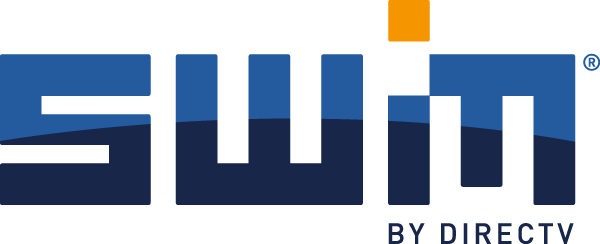It kinda, already is.
DIRECTV’s SWM system, in use since 2008, allows for a single wire to go to every receiver, client or DVR. Using the older “legacy” system you needed one line for every tuner, meaning a DVR would need either 2 or 5 lines to it. The SWM system also allows network information to travel back and forth, making DIRECTV Genie Clients possible and letting all devices share recorded programs and on demand programming. It’s a neat little feat of engineering that was designed to make installs easier back in the day when DIRECTV was fighting with cable for dominance.
You would think that since it’s so superior, and since it’s been around so long, that no one would really care about the older “legacy” system. That’s not true — DIRECTV still supports older standard-definition hardware that uses the round dish. Not only that, but some segments of the DIRECTV world used legacy dishes until very recently. Commercial installations only went to SWM about three years ago, and marine/RV dish makers were not including SWM technology until last year in some cases. I know, right? The point is there’s a lot of legacy hardware out there.
DIRECTV tends to be really good about supporting older hardware. We’ve seen with some of the earliest stuff that it was supported for ten years after it stopped being the latest and greatest. The old “MPG” receivers, the ones that were made by manufacturers other than DIRECTV, stopped being made in 2003 and were retired in 2013. DIRECTV only stopped offering standard definition service to new customers in 2012, and all standard definition service will still be out there until 2018. (If that seems like a tight turnaround, remember that the technology that’s used for HD service has been around since 2006.)
Eventually, support for non-SWM receivers will end. In fact it already has in a way. DIRECTV stopped making any equipment capable of non-SWM operation in about 2014 and has been issuing refurbished boxes to customers since then. If you’re getting a new install, your choices are Genie or H25… both SWM. Solid Signal will offer you an HR24 DVR if you wish, and it can operate in non-SWM mode, but it is really designed for SWM.
The downside of SWM technology comes with marine receivers (ironically since many people pronounce it “swim”.) Not only does marine satellite equipment tend to last a long time, but SWM is not compatible with the satellite systems used in other countries. Luxury yacht owners who want to get satellite TV around the world need to maintain two completely different systems now, as opposed to the past where only a receiver swap was necessary. While this doesn’t affect a huge number of people, it does affect a number of hugely rich people, so I guess it’s true that money can’t buy everything.
If you’re still using a round dish and receivers made before 2008, there has never been a better time to upgrade by calling Solid Signal at 888-233-7563. Our sales consultants can get you using the latest and greatest, future-proof equipment. If you upgrade today, you’ll be leaving “legacy” equipment behind but you’ll be gaining so much more!




